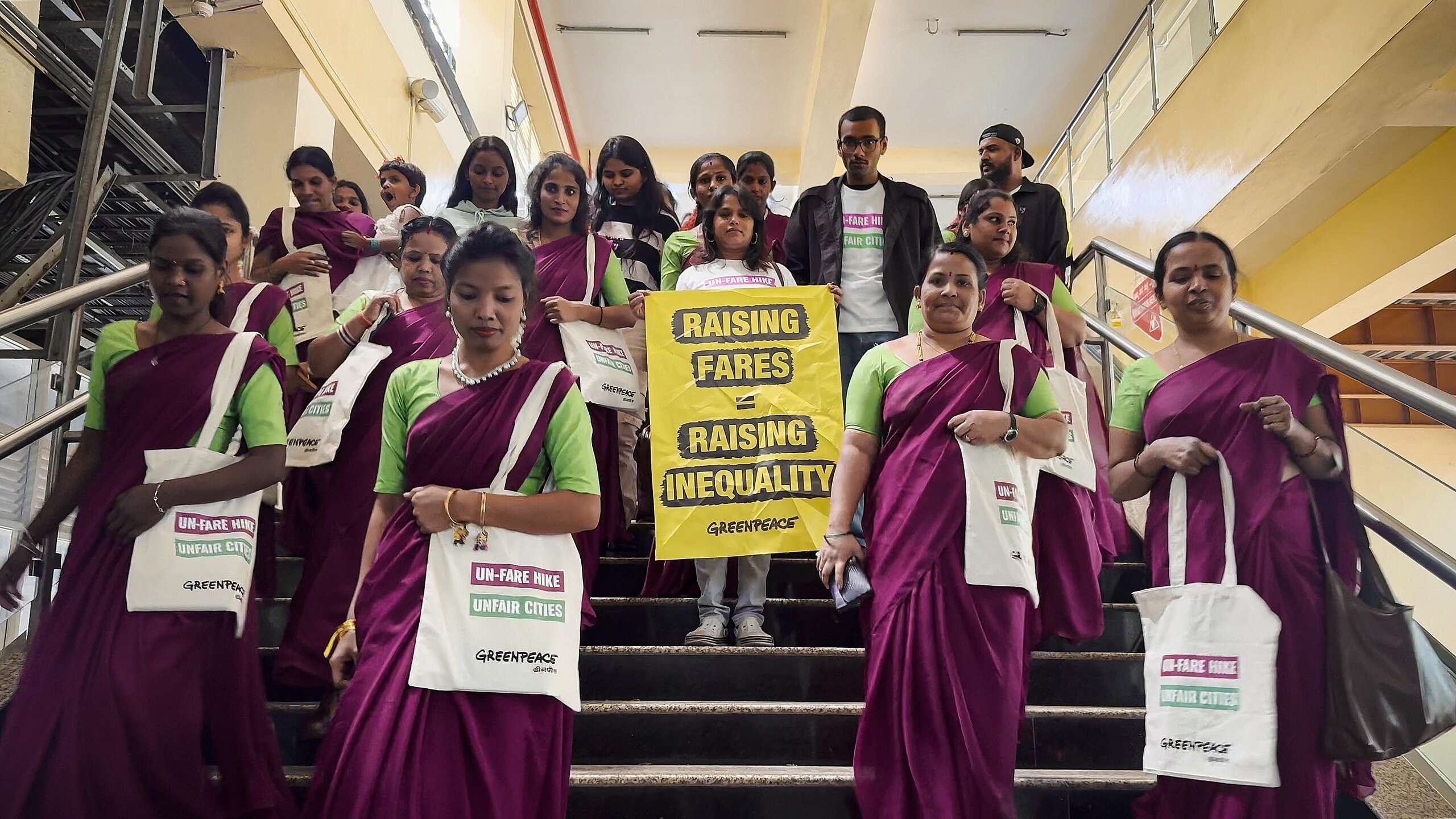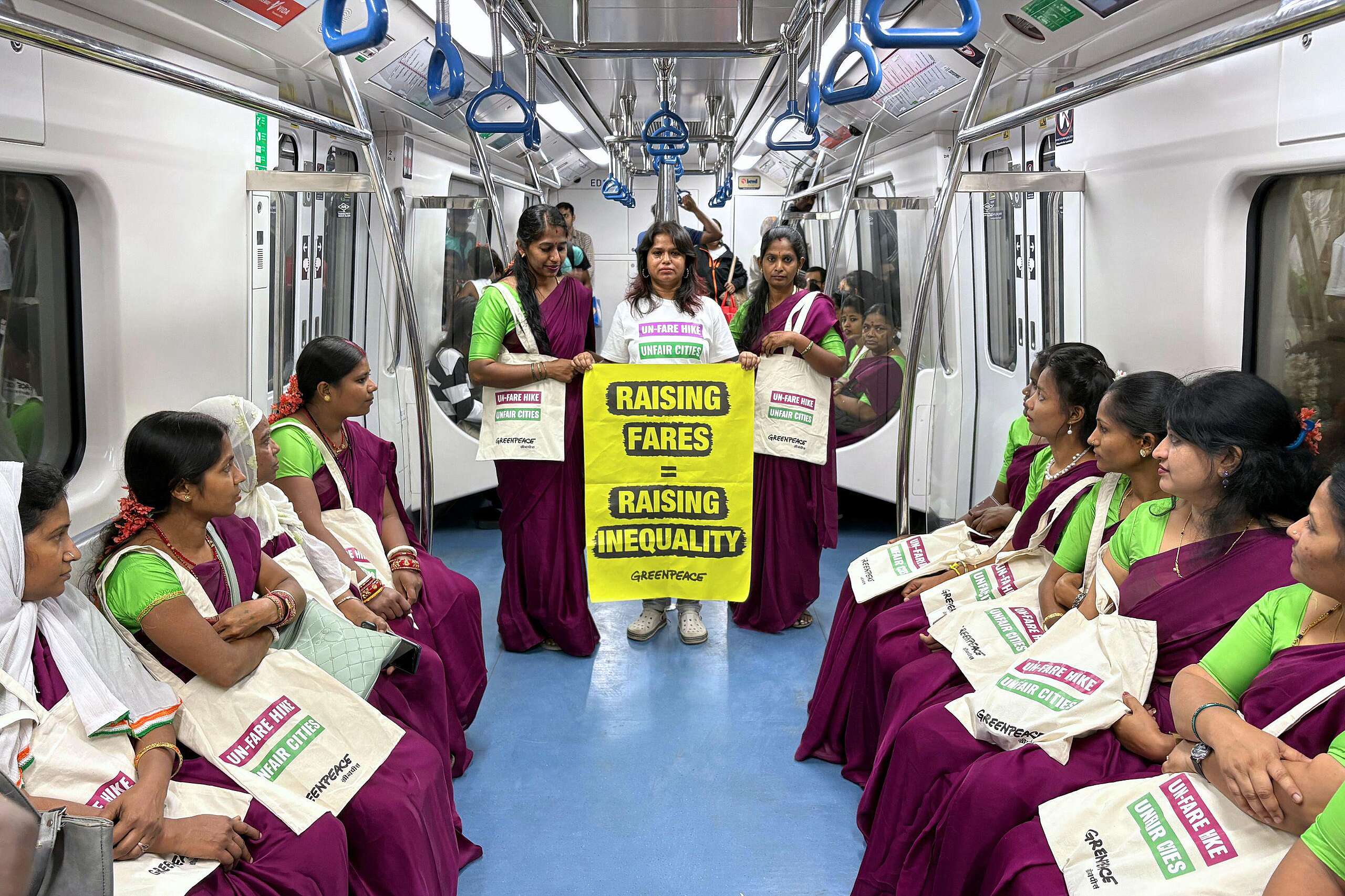India’s role in the global climate processes has been a subject of both praise and concern in recent years. Under the Paris Agreement 2015, countries were required to release their Nationally Determined Contributions (NDCs) for the period up to 2035 by February 10, India, along with most of the other countries, missed this deadline.
While the nation’s commitment to reducing its emission intensity by 45% of its GDP compared to 2005 levels and achieving 50% non-fossil fuel energy capacity by 2030, is commendable, the delay in submitting updated targets raises concerns about India’s climate leadership.
With the world grappling with the intensifying impacts of climate change, India’s forthcoming NDC must go beyond emission reductions to underscore its role in climate adaptation and resilience.
India’s Current NDC: A Positive Step Forward
India’s 2030 NDC (updated in 2022) reflects its ambitious commitment to reducing its emission intensity by 45% from 2005 levels. This target, alongside other clean energy objectives, positions India as a major contributor to global climate goals.
- India’s renewable energy share has grown rapidly, with the country now ranked among the top 10 global climate performers.
- As of 2023, over 43% of India’s total electricity capacity comes from non-fossil fuel sources, surpassing its original 2030 target of 40%.
- India also achieved its initial NDC goals ahead of schedule, including a 33% reduction in emissions intensity by 2019.
These efforts are especially impressive given India’s socio-economic context: large population, growing economy, and increasing energy demands. Despite these obstacles, India has made considerable progress in renewable energy, energy efficiency, and technology, with the rapid expansion of solar power setting an example for other nations.
However, while India has made notable advancements in large-scale renewable energy, its decentralized renewable energy target has not been fully achieved. Decentralized renewable energy involves generating power locally, using sources like solar close to where it is consumed (e.g. rooftop solar panels), rather than relying on distant centralized power plants. Despite efforts, challenges in deployment, financing, and infrastructure remain. To resolve the last-mile energy issues in rural and peri-urban areas, it is necessary to prioritize decentralized energy resources.
Moreover, India’s reliance on coal has increased. In 2023, India proposed adding 11.4 GW of new coal capacity, and several long-stalled coal projects have been revived. India is among the few countries that have increased their coal power capacity since the Paris Agreement.
It is quite clear that India’s future climate action needs a more balanced approach. Mitigation must be complemented by a stronger focus on adaptation, especially for vulnerable communities. Only by addressing both emissions and climate resilience can India truly meet its climate goals.
The Challenge of Climate Adaptation
Climate adaptation is a critical, yet often overlooked, aspect of India’s climate strategy. As one of the most climate-vulnerable countries, India is already experiencing the adverse effects of climate change—floods, heatwaves, cyclones, and droughts are becoming more frequent and severe.
In 2024, extreme weather-related fatalities in India surged alarmingly, with 3,238 deaths in the first nine months alone—an 18% increase compared to 2022. This stark rise in fatalities underscores the growing human cost of climate change.
Despite an increase in adaptation spending (from 3.7% of GDP in FY16 to 5.6% in FY22), funding remains insufficient, and even the Union Budget for 2025 overlooked adaptation efforts to protect those most at risk.
India must focus on strengthening decentralized, local systems that are designed to increase resilience against these extreme climate events. Vulnerable communities, that bear the brunt of climate change despite contributing the least to the crisis, require targeted support. To be truly effective, India’s NDCs must address these challenges head-on, ensuring that climate adaptation becomes as significant as mitigation.
The Gap in International Climate Finance
The international climate finance mechanism also remains a major hurdle for India. At COP29 in Baku, India and other developing nations pushed for a commitment of at least USD 1 trillion annually in climate finance, which is vital for scaling up mitigation and adaptation efforts. However, the final agreement fell short, with developed countries agreeing to mobilize only USD 300 billion per year, starting in 2035. This outcome has left India with limited financial support to meet its climate targets.
According to a recent parliamentary response by Shri Bhupendra Yadav (Minister of Environment, Forest and Climate Change), India’s climate actions so far have been largely financed through domestic resources. However, India has accessed financial resources for some climate projects through the financial mechanism of the United Nations Framework Convention on Climate Change (UNFCCC).
To be specific, USD 803.9 mn from the Green Climate Fund , USD 346.52 mn from the Global Environment Facility-GEF (for Climate Change focal area), and USD 16.86 mn from the multilateral Adaptation Fund. However, this is modest compared to the challenges at hand. The lack of robust international climate finance directly impacts India’s ability to scale up climate adaptation and make substantial progress toward the 2035 targets.
Looking Ahead: A Call for Bold Leadership
As India looks toward its 2035 NDCs, the urgency for stronger climate leadership has never been clearer. While the country’s clean energy transition lays a solid foundation for mitigating emissions, climate adaptation must become an equally urgent priority. India must continue to reduce emissions, perhaps by announcing a peak coal target year, while simultaneously focusing on building climate resilience—especially at the local level where the impacts are most severe. Strengthening decentralized systems and increasing investment in climate-resilient mechanisms will be crucial to protecting vulnerable communities.

About Author
Selomi is a Climate and Energy Campaigner at Greenpeace India with a Master’s in Public Policy and Governance. Her work focuses on climate justice, particularly the impact of heatwaves and extreme weather events on outdoor laborers. An advocate for loss and damage funding and adaptation solutions, driving change through policy engagement and grassroots campaigns.



